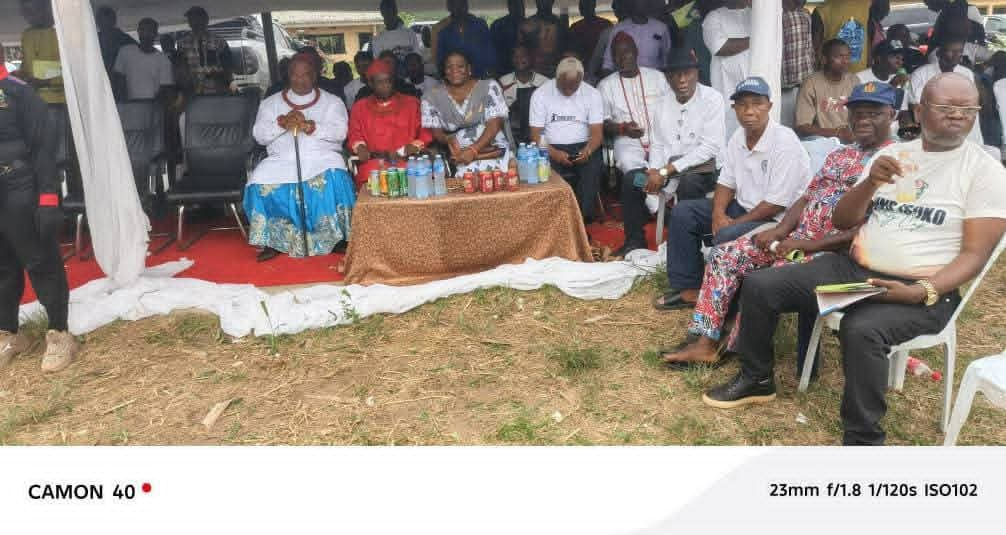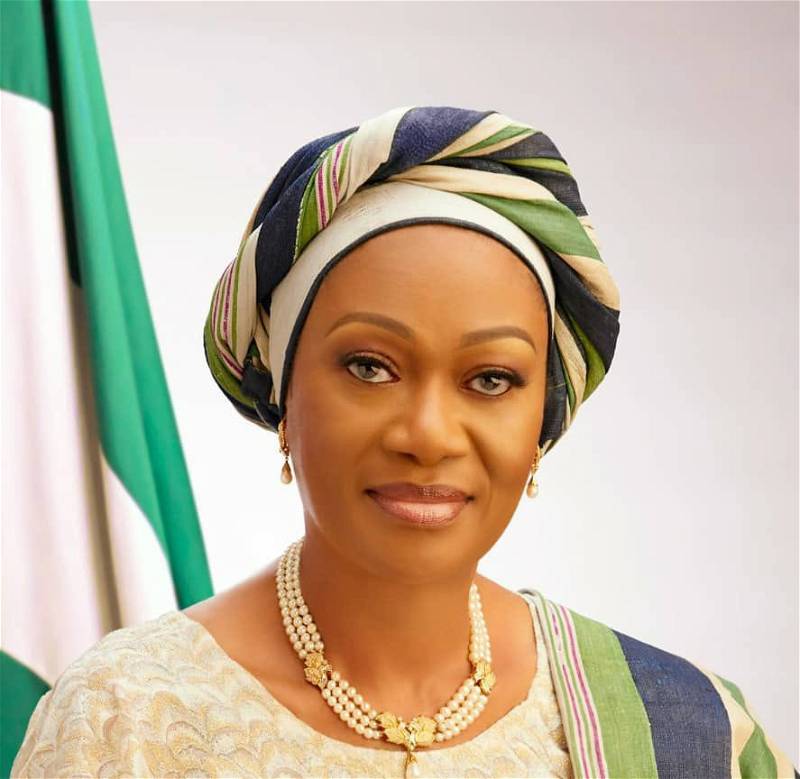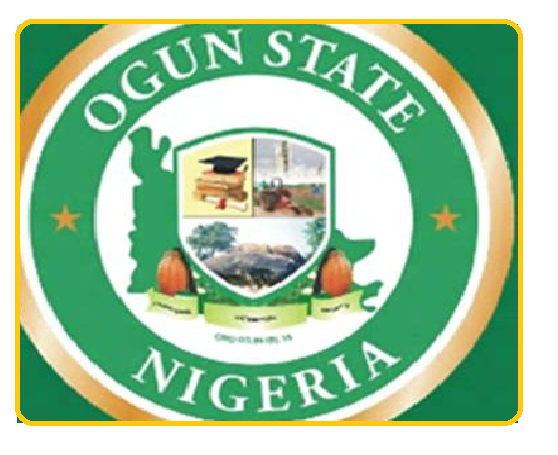By Prosper AHWOREGBA
I refused to be sucked in by the storytelling of Aniagwu. I therefore wish to respond analytically and objectively to his statement regarding the alleged marginalization of the Isoko nation.
Since his was tales by moonlight, it is necessary to approach this issue with facts, figures, and comparative evaluation—not emotion or propaganda, like Aniagwu did.
Request for Comprehensive Data
While the government asserts that 53 projects have been executed or approved in the Isoko nation under Governor Sheriff Oborevwori’s administration, this number—on its own—is insufficient for assessing equity or disproving claims of exclusion.
What is urgently needed is
a complete list of the 53 projects, detailing:
i.Location (community/LGA)
ii.Nature and scope of each project,l
iii. Status (approved, ongoing, completed)
iv. Monetary value of each project.
v. The cumulative worth of these 53 projects in financial terms.
vi.The total number and financial value of projects awarded statewide during the same period.
vi. A project-by-project comparison between Isoko and other senatorial districts or ethnic blocs.
Without these data, the public cannot objectively assess whether Isoko has received its fair share relative to other ethnic nations in Delta State.
Sectoral Distribution and Depth
From the release of Aniagwu, I note that the projects span across roads, healthcare, and education—commendable sectors—but questions still remain:
i. Are these projects mainly rehabilitations or brand-new constructions?
ii. How many kilometers of road were constructed per LGA in the Isoko nation, and how do they compare with other LGAs in Delta?
iii. How much was spent on Southern Delta University in Ozoro, and how does that compare to investments in Delta State University (Abraka), University of Delta, Agbor, and Dennis Osadebay University (Anwai)?
iv. How do the health sector interventions in Isoko compare in depth and funding to those in Urhobo, Ijaw, Itsekiri, or Anioma areas?
Value vs Volume
The government may cite volume (number) of projects, but value and impact are what matter most:
i. A single flyover in Warri could cost more than 20 rural road rehabilitations in Isoko.
ii. The state secretariat complex or stormwater project in Asaba, for instance, may dwarf Isoko’s total allocation in terms of capital outlay.
iii. Without disaggregated figures, citing “53 projects” could be a cosmetic attempt to neutralize criticism rather than a substantive defense.
Transparency and Governance
If the state truly intends to dispel allegations of exclusion or marginalization of the Isoko nation, it should:
i. Publish the full data in a white paper.
ii. Invite independent auditors or civil society groups to assess and verify project distribution and equity.
iii. Avoid generalization in responses and embrace data-driven accountability.
Until the Delta State Government releases the full list of projects in the Isoko nation along with their respective financial values, and juxtaposes them with total statewide project data, claims of fairness remain rhetorical, unconvincing and a load of baloney!
Governance in a multi-ethnic state like Delta must rest on verifiable equity, not selective storytelling. The people of Isoko—and indeed all Deltans—deserve development that is proportionate, transparent, and measurable. Anything less is a veiled exclusion or marginalization wrapped in public relations propaganda.
© Dr. Prosper AHWOREGBA













Leave a Reply